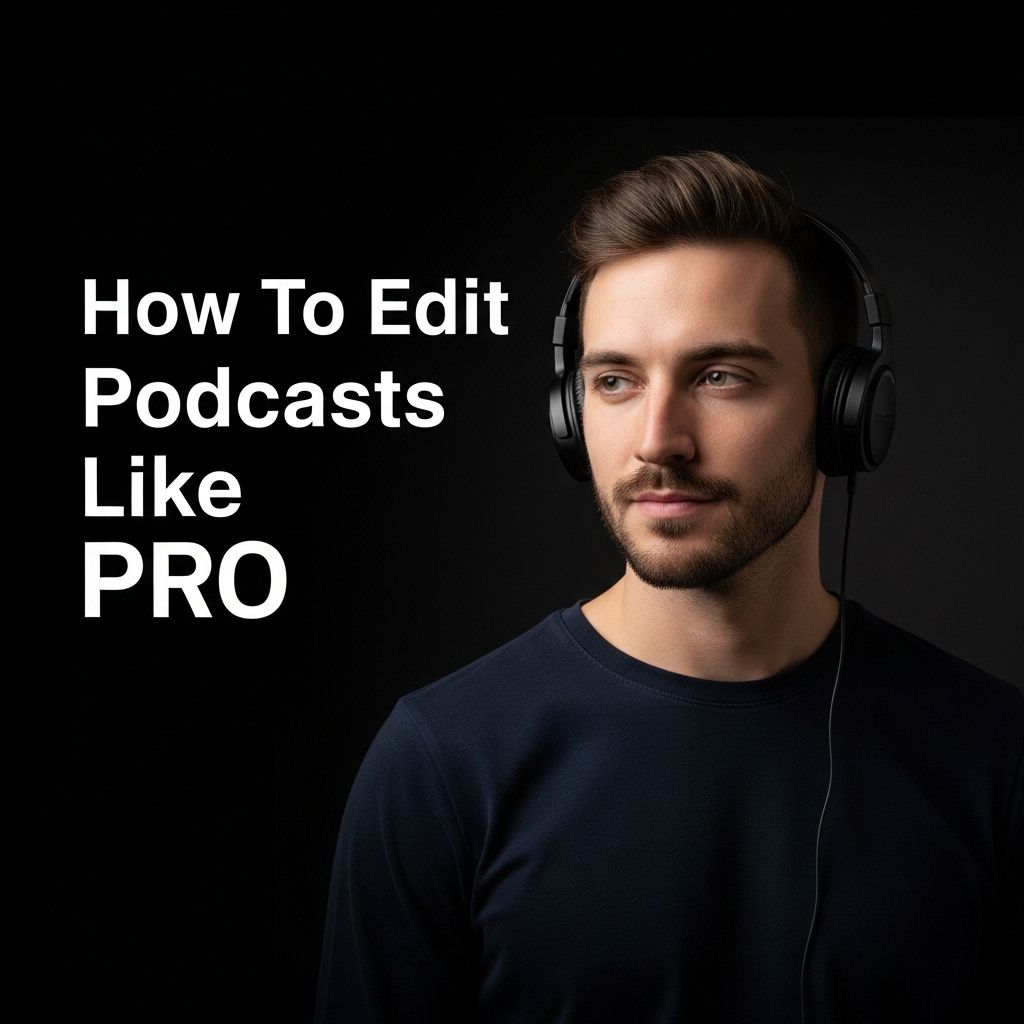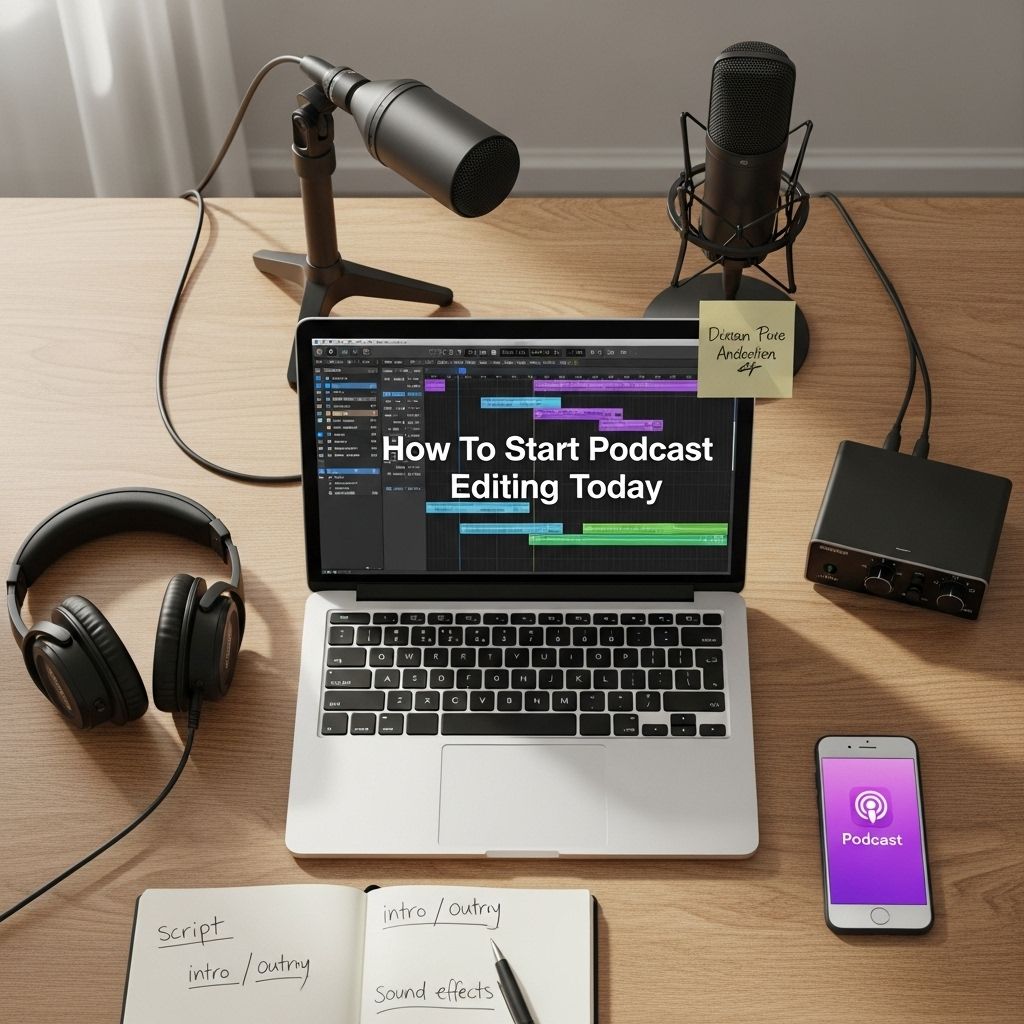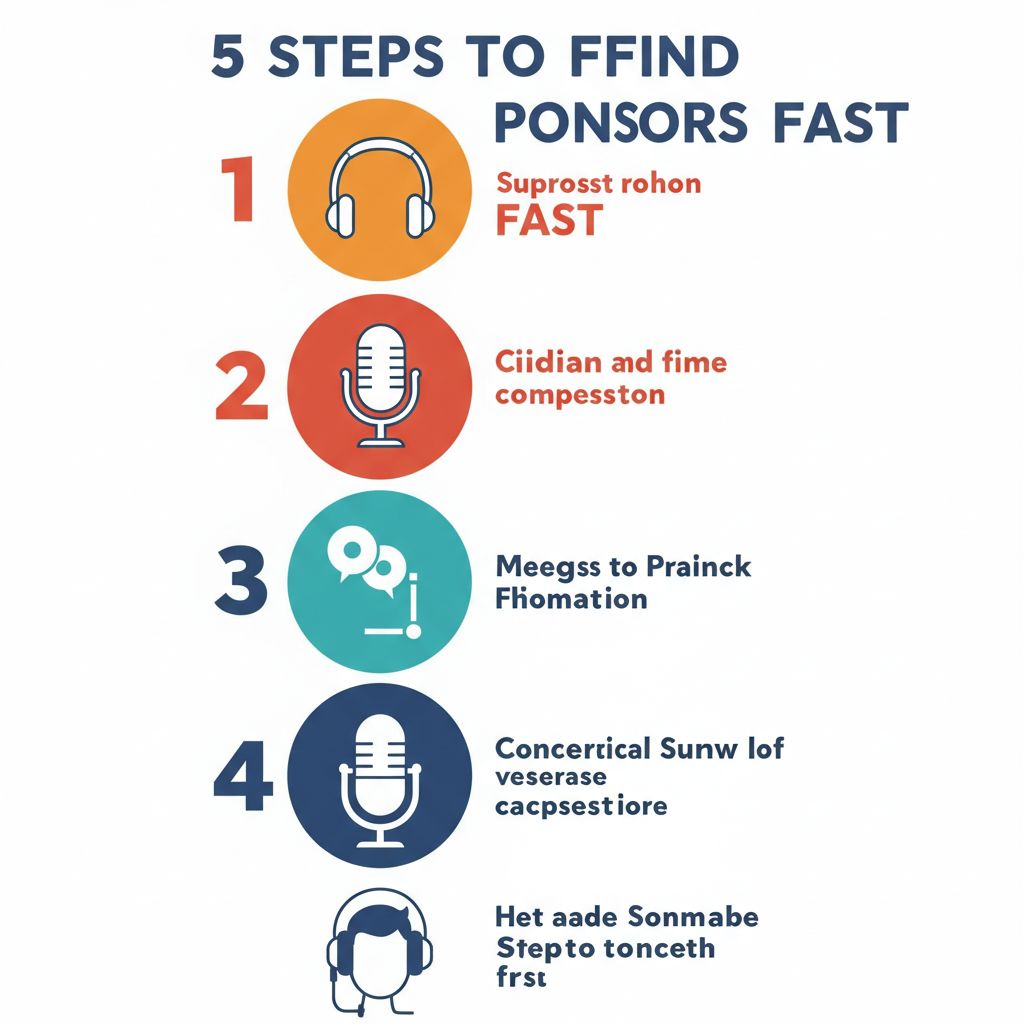Edit Podcasts Like a Pro: Tips & Tricks
Discover expert tips and techniques to edit your podcasts professionally. Enhance audio quality and engage your audience effectively.

Editing podcasts is an essential skill for anyone looking to produce high-quality audio content. Whether you’re a seasoned veteran or just starting out, mastering the art of podcast editing can significantly enhance the listening experience for your audience. In this article, we will explore various techniques, tools, and best practices that will help you edit podcasts like a professional.
Table of Contents
Understanding the Basics of Audio Editing
Before diving into the editing process, it’s crucial to understand the fundamental concepts of audio editing. This knowledge will provide a solid foundation for creating polished and engaging podcast episodes.
The Importance of Sound Quality
Sound quality can make or break a podcast. Here are some key factors to consider:
- Bitrate: Higher bitrates generally result in better audio quality. Aim for at least 128 kbps for MP3 files.
- Sample Rate: Standard sample rates are 44.1 kHz or 48 kHz. Choose one based on your platform’s specifications.
- Audio Format: MP3 is widely used, but WAV or FLAC may be preferable for higher-quality recordings.
Essential Tools for Podcast Editing
To achieve a professional finish, you’ll need the right tools. Here are some popular audio editing software options:
| Software | Platform | Price |
|---|---|---|
| Audacity | Windows, macOS, Linux | Free |
| Adobe Audition | Windows, macOS | Subscription based |
| GarageBand | macOS | Free |
| Hindenburg Journalist | Windows, macOS | Paid |
Steps to Edit Your Podcast
1. Importing Your Audio Files
The first step is to import your audio recordings into your chosen editing software. If you have multiple tracks (e.g., host, guest, music), make sure to import them separately for better control during editing.
2. Organizing Your Tracks
Once your audio files are imported, it’s time to organize them on the timeline:
- Label each track clearly (e.g., Host, Guest, Music).
- Arrange them in the order they will be heard.
- Use color coding if your software allows it for easy identification.
3. Editing for Clarity and Flow
As you start editing, focus on enhancing the clarity and flow of the dialogue.
Cutting Unnecessary Content
Listen to your audio and cut out:
- Long pauses
- Repeated phrases
- Fillers (e.g., “um”, “uh”, “like”)
Adjusting Volume Levels
Ensure consistent volume levels across all tracks. Most software has built-in tools to help:
- Normalize audio levels to avoid sudden loudness changes.
- Use compression to reduce dynamic range and make quieter sounds more audible.
Adding Music and Sound Effects
Music and sound effects can enhance the overall production quality of your podcast. Here’s how to incorporate them effectively:
Choosing Appropriate Music
Select royalty-free music that matches the tone of your podcast. Websites like:
- AudioJungle
- PremiumBeat
- Freesound
offer a wide range of audio tracks for various moods.
Using Sound Effects Sparingly
Sound effects can add excitement, but overusing them can be distracting. Consider these tips:
- Use sound effects to punctuate key moments.
- Keep volume levels lower than dialogue.
- Ensure effects are relevant to the content.
Finalizing Your Podcast
Add Intros and Outros
Creating a professional-sounding intro and outro can enhance your podcast’s identity. Here’s how to do it:
- Script a short introduction that captures your podcast’s theme.
- Add background music to set the mood.
- Include a brief call to action in the outro (e.g., subscribe, leave a review).
Exporting Your Finished Podcast
After editing, it’s time to export your podcast. Make sure to:
- Select the correct file format (MP3 is preferred for distribution).
- Choose an appropriate bitrate for online streaming.
- Double-check the final product for any mistakes.
Best Practices for Podcast Editing
To ensure your editing process goes smoothly, consider the following best practices:
Maintain a Backup
Always back up your raw and edited files. Cloud storage solutions like Google Drive or Dropbox can be invaluable.
Develop a Consistent Editing Style
Establish a signature editing style that reflects your podcast’s brand. This can include the way you handle pauses, music integration, and overall pacing.
Seek Feedback
Before publishing, consider sharing your episode with a trusted friend or colleague for feedback. This can help you catch any issues you might have missed.
Conclusion
Editing podcasts like a pro requires a combination of technical skills, creativity, and attention to detail. By following the practices outlined in this article, you’ll be well on your way to producing high-quality audio content that resonates with your listeners. Remember, the more you practice, the better you will become. Happy editing!
FAQ
What software is best for editing podcasts?
Popular software options for podcast editing include Adobe Audition, Audacity, GarageBand, and Reaper. Each has unique features tailored for audio editing.
What are some tips for editing podcasts effectively?
To edit podcasts effectively, listen to the entire recording first, remove long pauses and filler words, balance audio levels, and add intro/outro music for a professional touch.
How can I improve the audio quality of my podcast?
To improve audio quality, use a good microphone, record in a quiet space, utilize pop filters, and adjust equalization settings during editing.
What are common mistakes to avoid when editing a podcast?
Common mistakes include over-editing, neglecting sound quality, ignoring listener feedback, and failing to maintain a consistent format throughout episodes.
How long should it take to edit a podcast episode?
The editing time for a podcast episode can vary, but a general rule of thumb is to spend about 2-4 hours editing for every hour of recorded audio, depending on complexity.
Can I edit my podcast on my phone or tablet?
Yes, there are several mobile apps available for podcast editing, such as GarageBand for iOS and WaveEditor for Android, making it convenient to edit on the go.








